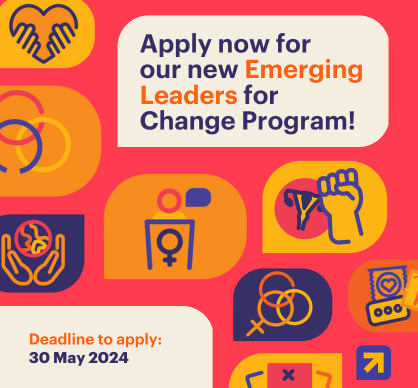 Produced by Women Deliver
May 12, 2016
Produced by Women Deliver
May 12, 2016
Water at What Cost Report Illustrates Undue Burden on Women and Girls
In spite of unprecedented global progress expanding access to clean water among underserved communities, one in ten people worldwide are still denied this basic right, according to estimates by the World Health Organization and UNICEF. In 16 countries, more than 40 percent of the population lack access to even a basic water facility.
A new report by WaterAid, Water at What Cost, takes a closer look at the hardships and inequities these communities face, and the toll water collection takes on them.
In the developing world, a poor person with no access to safe water at home faces a daily struggle to acquire the WHO-recommended 50 liters a day. Many households have no choice but to compromise their health and dignity by using much less, or collecting water from unsafe sources. Aside from staggering – and often fatal – health consequences of consuming unsafe water, for women, in particular, the burden is severe, as they are responsible for fetching and queuing for water.
Water is a daily struggle for women like Doris, who lives in a poor neighborhood in Port Moresby, Papua New Guinea, which has just one pipe to serve 100 families. Doris has to queue for a long time, and those at the end of the line often find the water has run out by the time they get there. Or women like Marie, who lives on the outskirts of Ouagadougou, Burkina Faso, and spends 20% of her daily salary, and several hours of her time, obtaining enough water for her family. In Sub-Saharan Africa alone, women spend a combined total of at least 16 million hours each day collecting drinking water.

“Not having affordable access to safe water is bad news for everyone. But it’s particularly bad news for women and girls,” said Sarina Prabasi, Chief Executive Office at WaterAid America. “For them, not having clean water within ready reach both physically and financially translates to a lifetime of lost opportunities: lost opportunities to study and get an education, lost opportunities to pursue paid work, lost opportunities to lead their healthiest life, and lost opportunities to build a better future for themselves and their families.”
While India has the greatest number of people living without access to clean water (nearly 76 million), the countries with the highest percentages of the population living without a clean water source include: Papua New Guinea (60%); Equatorial Guinea (52%); 3 Angola (51%); Chad (49%); Mozambique (49%); Madagascar (48%); Democratic Republic of the Congo (47%); Afghanistan (45%); Tanzania (44%); and Ethiopia (43%).
Water at What Cost reveals the multiple inequities underserved populations in these countries face. Not only are they denied their basic right to a safe water supply, but some of the poorest people in the world must spend up to half of their daily wages on water from informal or illegal sources – many times more than a neighboring house might pay if they are connected to an official municipal supply. In Port Moresby, Papua New Guinea, for example, 50 liters of water from a water delivery service costs 1.84 pounds – more than half of what low-income workers may earn in a day.
Investing in safe water for all saves lives and livelihoods, but it has particular significance for women and girls. When women spend less time fetching water, they gain more productive time that can be dedicated to growing food, raising children, going to school or pursuing economic opportunities.
“We live in an era of unprecedented progress towards a world where everyone, everywhere is able to enjoy their right to clean water, toilets and hygiene—2.6 billion people have gained access to clean water since 1990,” said Prabasi. “That’s why this is a crisis we know we can beat. It’s one that we must beat in order for women and girls to be able to achieve their fullest, healthiest potential.”
Photo courtesy of: Lindsay Mgbor / DfID / CC BY-NC-ND


